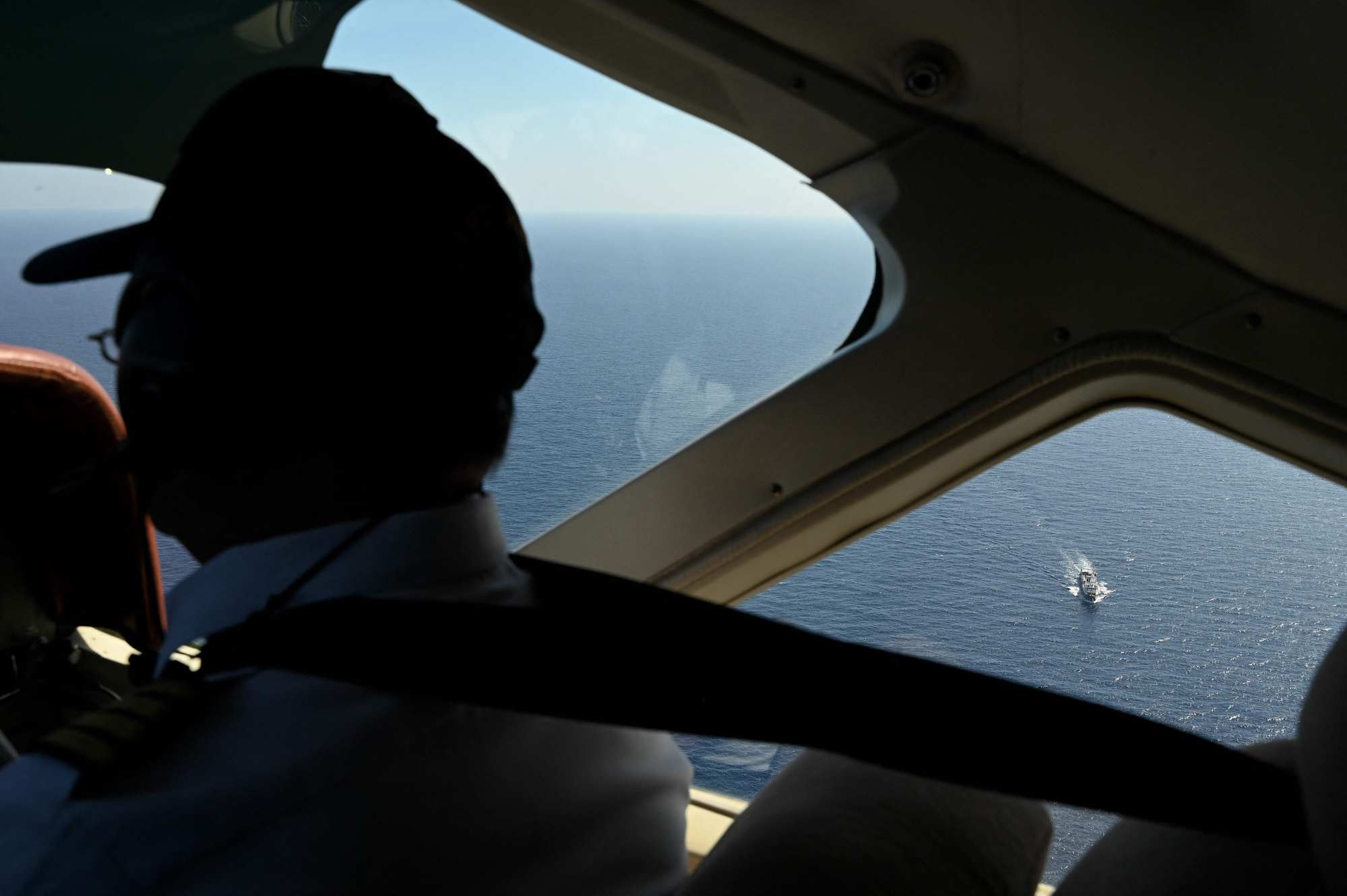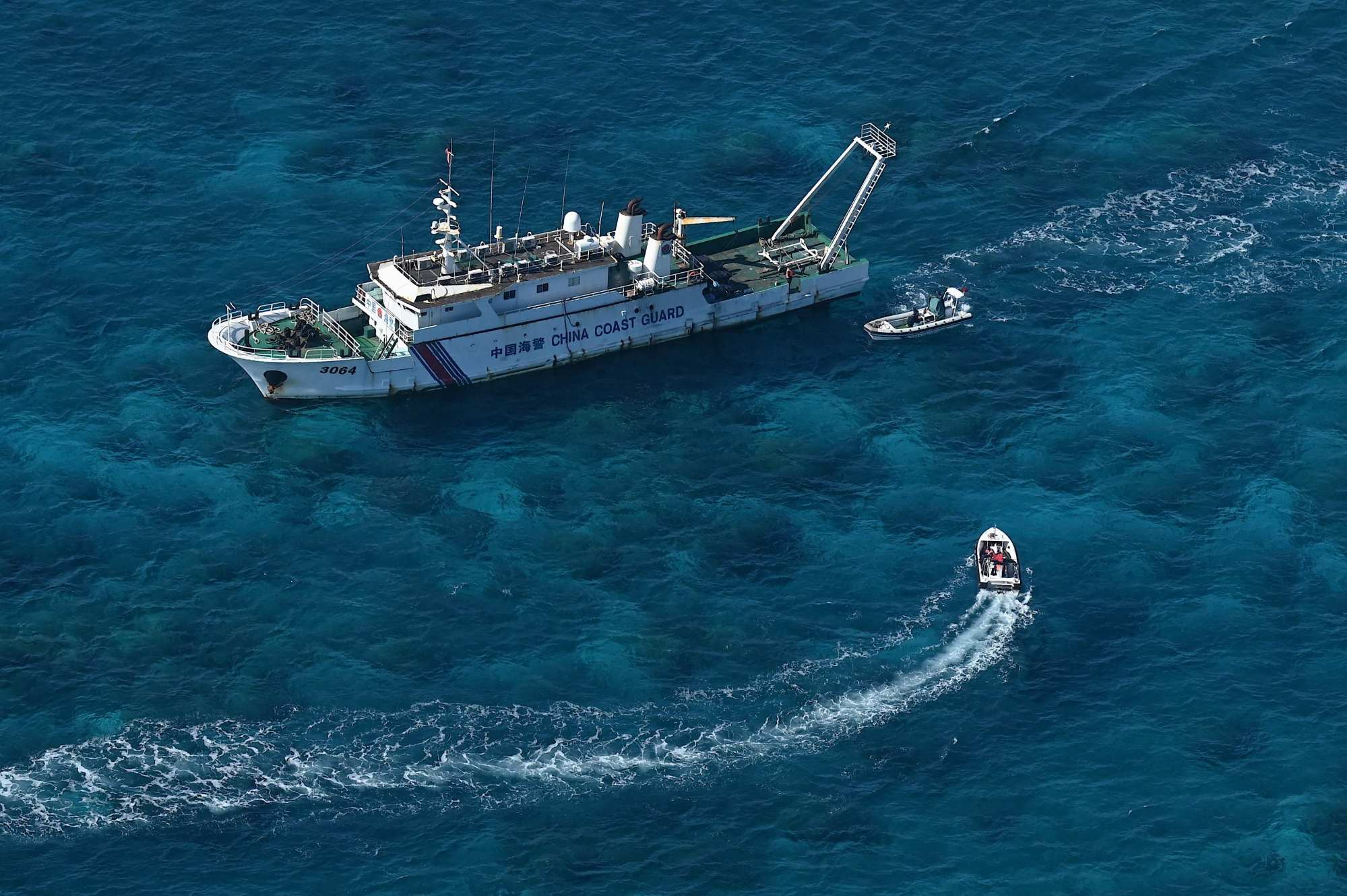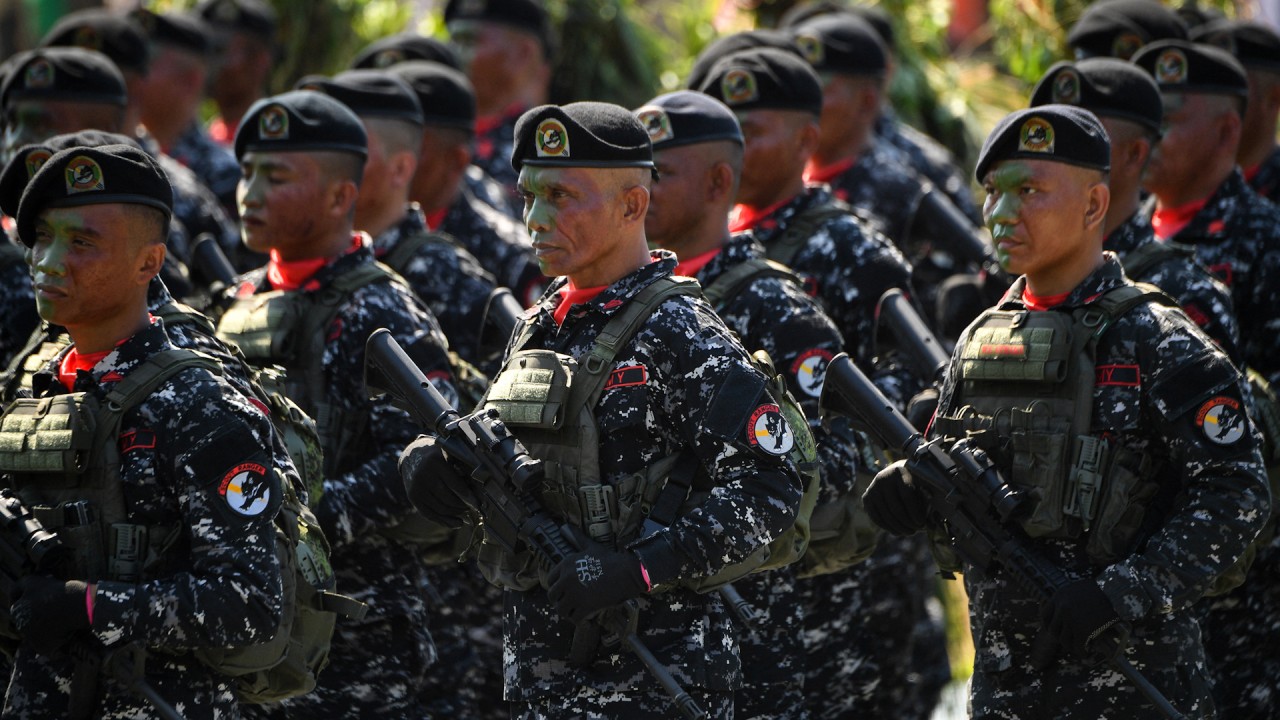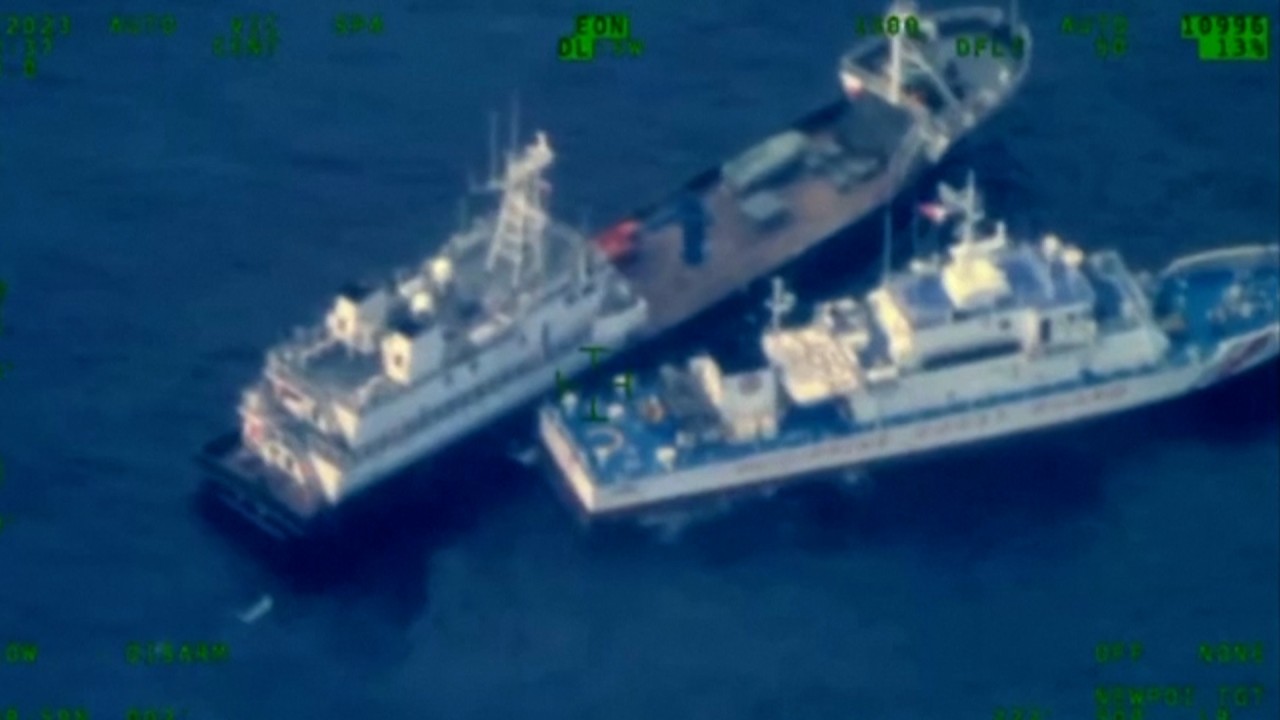
While Roy Trinidad, navy spokesman for the West Philippine Sea, did not say how many submarines Manila intended to acquire, he indicated that “definitely more than one” would be bought.
Ian Storey, a senior fellow at the ISEAS-Yusof Ishak Institute in Singapore, said the Philippines would need to acquire at least three vessels if one submarine were to be operational at all times.
But since the Philippines has never operated submarines, Storey said the process of acquiring and integrating them would take at least a decade, as infrastructure would need to be built, including bases, piers, dry docks and other support services.
“Once delivered, it will take years of training and exercises for the Philippine Navy submariners to gain the operational experience necessary to proficiently use the boats,” Storey said.
If the Philippine placed orders for two to three submarines, it would take “at least” until the mid-2030s before they can be effectively operated, he added.
Joshua Bernard Espeña, vice-president at the International Development and Security Cooperation think tank in Manila, said two or three submarines would not be enough to deter China since the Southern Theatre Command – one of five People’s Liberation Army commands – might have more than 30 diesel-electric submarines in the South China Sea.

So the Philippines would have to ensure its small fleet “adds value” and would be able to “generate a strategic effect” through integrating the country’s combat management systems with its surface and naval aviation platforms.
Agreeing that three was the “ideal” number, Felix Chang, senior fellow at the US-based Foreign Policy Research Institute think tank, said if Manila only had the one submarine, and a Chinese satellite detected it in port, “then the Chinese navy knows the Philippines has no submarines at sea”.
“But if the Philippines has two submarines and a Chinese satellite detects one submarine in port, then the Chinese navy does not know where the second submarine is and must deploy a guard against it,” Chang said.
Submarines have an “outsized effect” on the naval battlefield, as they can “cost-effectively put an adversary’s surface warships at risk”, he added.
Has the South China Sea emerged as a battleground for China and its neighbours?
Has the South China Sea emerged as a battleground for China and its neighbours?
“The mere existence of a small number of hard-to-detect submarines could alter how large numbers of surface warships operate,” Chang said, adding that submarines are effective at sea denial, or preventing an adversary from controlling a certain sea space.
In the case of the Philippines, a few submarines, “if stealthy”, could alter how China operates in the South China Sea, such as through the deployment of additional warships to defend against such submarines.
It might even require the Chinese navy to change its strategies in the region, Chang said, though this would not deter Beijing from challenging Manila’s maritime claims or stop its incursions into Philippine waters, especially if China uses its coastguard or maritime militia vessels.
“But Philippine submarines would likely alter China’s mindset that its maritime forces can act with complete impunity in the waters disputed between Beijing and Manila,” Chang said.
It would also “compel Chinese maritime forces to act with greater caution and think about the consequences of their actions in a way they had not needed to do in the past,” Chang added.
Better late than never?
This is partly due to Manila’s history of internal struggle with communist and Islamic rebellions, which has long forced the authorities to focus its limited resources on the ground forces, said Benjamin Blandin, maritime security expert and network coordinator at the Japan-based non-profit Yokosuka Council on Asia-Pacific Studies.
Submarine acquisition was not a decision to take lightly, given the direct and indirect costs.
Apart from the cost of the vessels, the Philippines also needed funds for maintenance, weapon systems and ammunition, and training needed “to turn these vessels into a credible deterrent”, Blandin said.
Indonesia walks ‘political’ tightrope with China over weapons trade with Manila
Indonesia walks ‘political’ tightrope with China over weapons trade with Manila
“These costs, unless the overall military budget were to grow accordingly, would certainly impact the Horizon Phase 3 target acquisitions for either or both of the ground forces and Air Force and even possibly the coastguards,” Blandin said.
“The political and military authorities would have to make hard decisions,” he said. “Could the navy maintain its objective to grow its surface fleet while acquiring submarines, and for the coastguard to double in size by 2035? That is, in my view, a major question that remains to be clarified.”
Horizon 3 is the third phase of the Philippine military’s 15-year modernisation plan. It includes the purchase of multirole fighter jets, radars, two more frigates of the Jose Rizal class, missile systems, helicopters and the nation’s first submarine fleet.
Blandin added that the final decision to select between the Spanish, Korean, Japanese and French options will be based on a choice between the best possible political, industrial and military alliance.
As Foreign Policy Research Institute’s Chang noted, the submarine acquisition is likely to be the capstone to the Philippine navy’s modernisation programme.
“It is a capability that the Philippine navy has long sought and is critical for all modern navies, due to the greater vulnerability of surface vessels to increasingly accurate anti-ship missiles,” Chang said.



